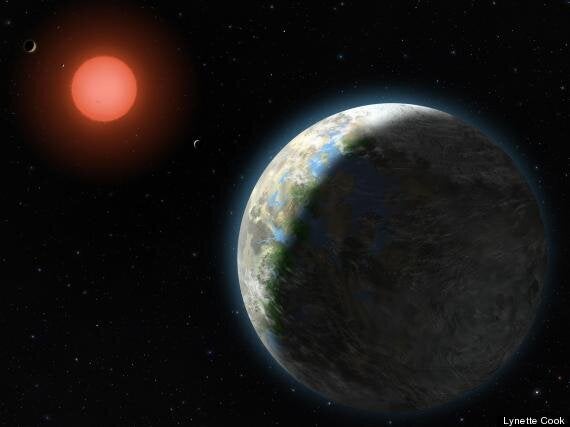One of the first discovered planets believed to support human life might actually turn out to be nothing more than an error on a graph according to new research.
Called Gliese 581 d, this exoplanet was widely regarded as humanity's best chance for moving to another planet, unfortunately however, the new research suggest we might have let our imaginations get the better of us.
The hypothesis is the leading focus of a new paper published in Science Magazine which states that upon closer inspection, the original readings taken in 2007 (when the planets were first discovered) were far from conclusive.

According to New Scientist, out of the six planets that were discovered in that system two are now more likely to be nothing more than sun spots on the star's surface resulting in anomalies appearing in the data.
In the abstract for the paper the authors stipulate that whilst our favorite contender for Earth 2.0 might not exist, there are promising signs for the rest of the Earth-like planets in the system.
"Correcting for activity greatly diminishes the signal of GJ 581d (to 1.5σ) while significantly boosting the signals of the other known super-Earth planets. GJ 581d does not exist, but is an artifact of stellar activity which, when incompletely corrected, causes the false detection of planet g."
Paul Robertson, one of the key authors of the new research points out that whilst the news is disappointing, it's still important to have artists' impressions, even though very few of these planets have actually ever been seen or truly confirmed.
"I spend my days looking at squiggles on a graph, but a lot of science is publically funded, and the taxpayers who contribute to that deserve a return on their investment. I wouldn't say we should shy away from artist impressions or anything that helps us communicate the results of our work to the public."